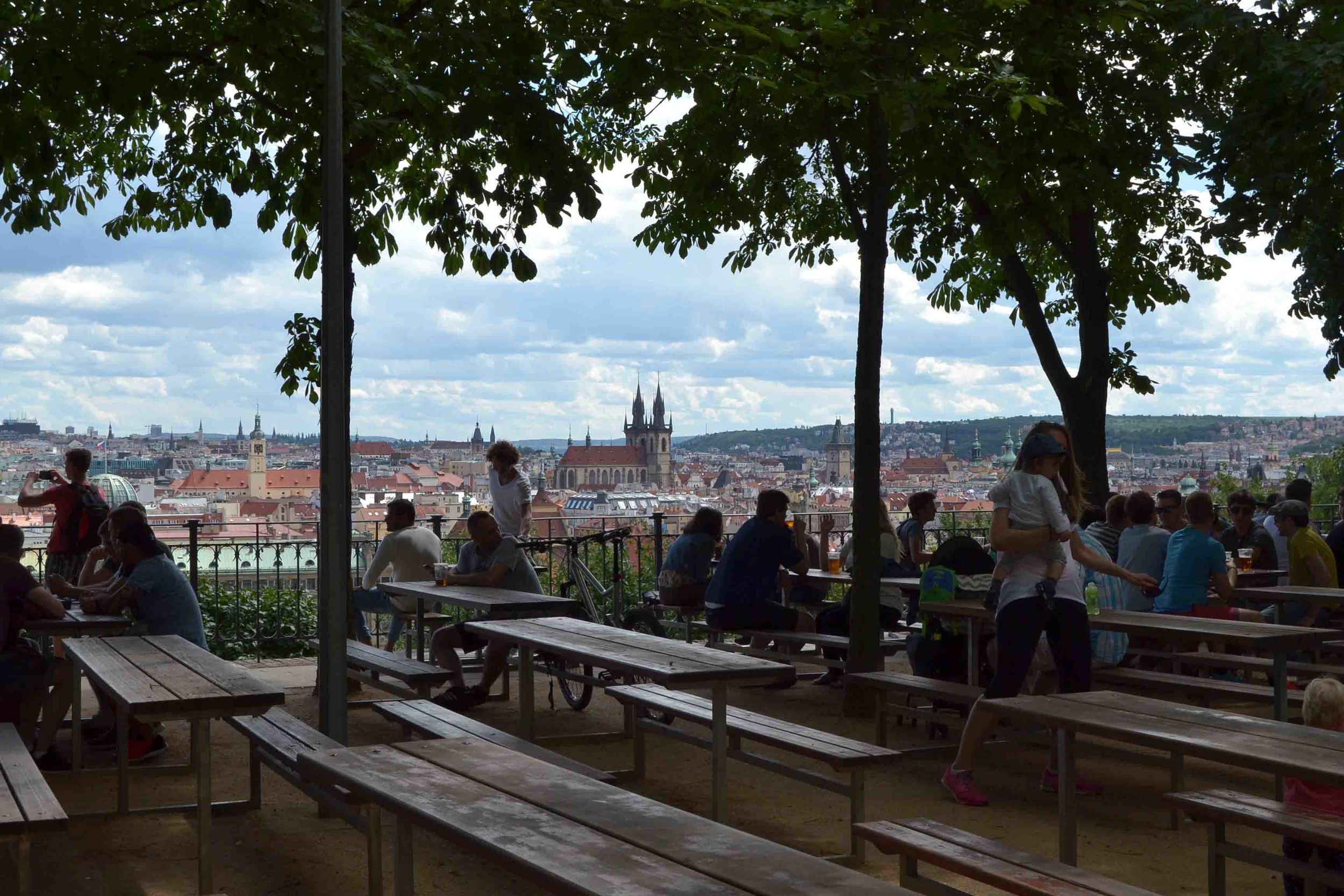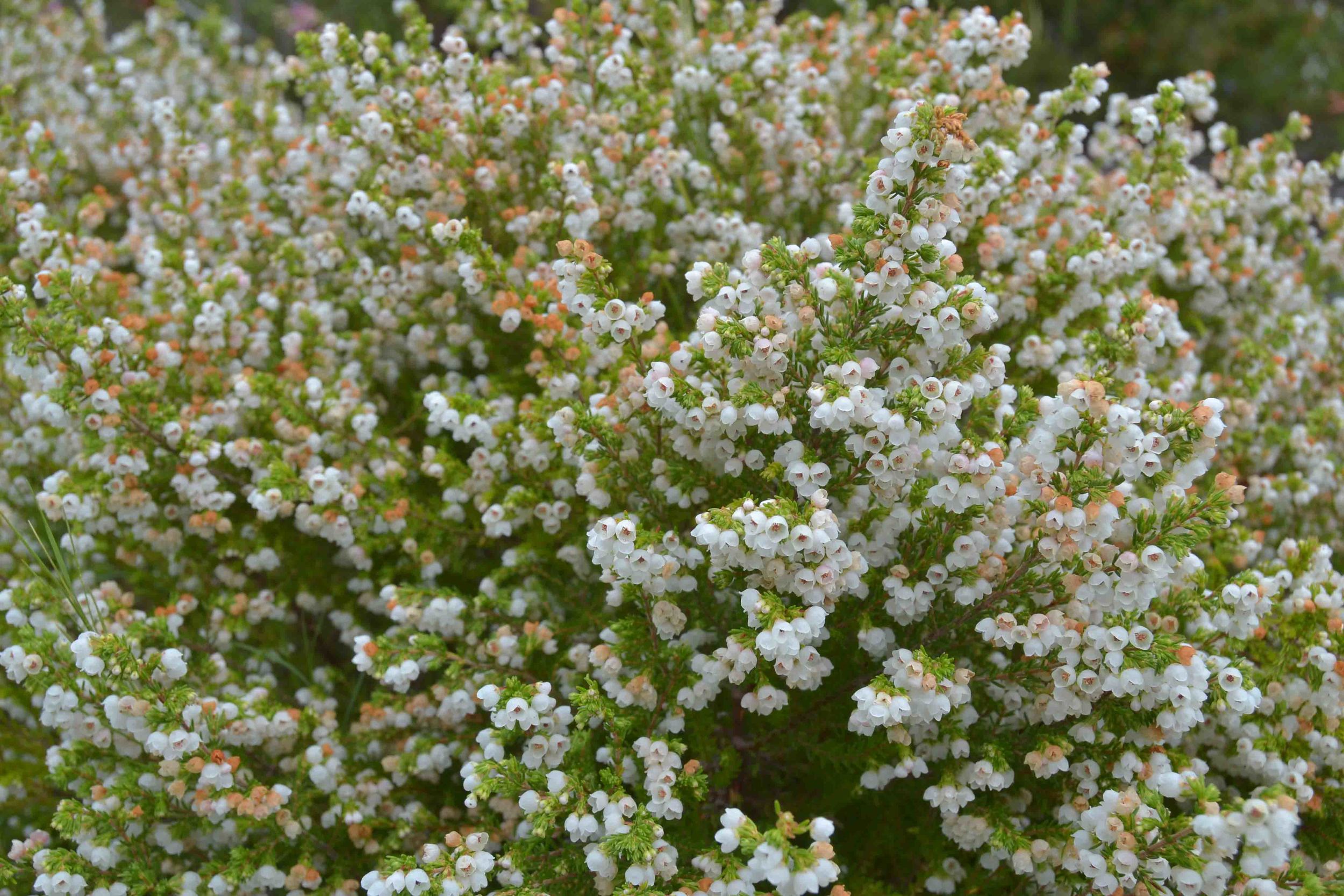Wonderful ceramic horse sculptures that children were playing on!
Blue horse
I was so impressed with this large leafy green space situated North of the Old Town (The entrance is a 10 minute walk from Letenské náměstí). Not only is it loved by locals, but you will see many tourists enjoying the scenic views over the Vltava River as well as a beer from Letná Beer Garden.
Beer Garden with Views over the Old City and Vltava River
Broad walkways with tall leafy trees make this a lovely park to explore
This park caters for every age: we saw elderly ladies reading; moms with babies and toddlers at the children’s playgrounds; a youth group attending a class under a tree; teens learning to roller blade; hip young men skating and filming stunts; couples picnicking; people walking their dogs or sunbathing or cycling or jogging. A multi-functional space providing recreation opportunities in a safe and well maintained environment. I also saw a fenced off section that was specifically designated for dog training with obstacles where you teach your dog to do tricks.
Skateboarders are entertaining to watch
People admiring the view from Letná Terasa
Giant Metronome sculpture ticking away
Like most public spaces there is an element of vandalism which is particularly present at the uppermost viewing point where most of the skate-boarding takes place. This is also the platform with the best view point of the city which is dominated by a giant moving Metronome – one of the many quirky artworks dotted around the city)
I always orientate myself when I arrive somewhere by looking at the map they provide
Even through the graffiti it's interesting to read the Park's history
If you need a breather form the tourist filled streets of Malá Strana, this is the perfect place to go!




























































